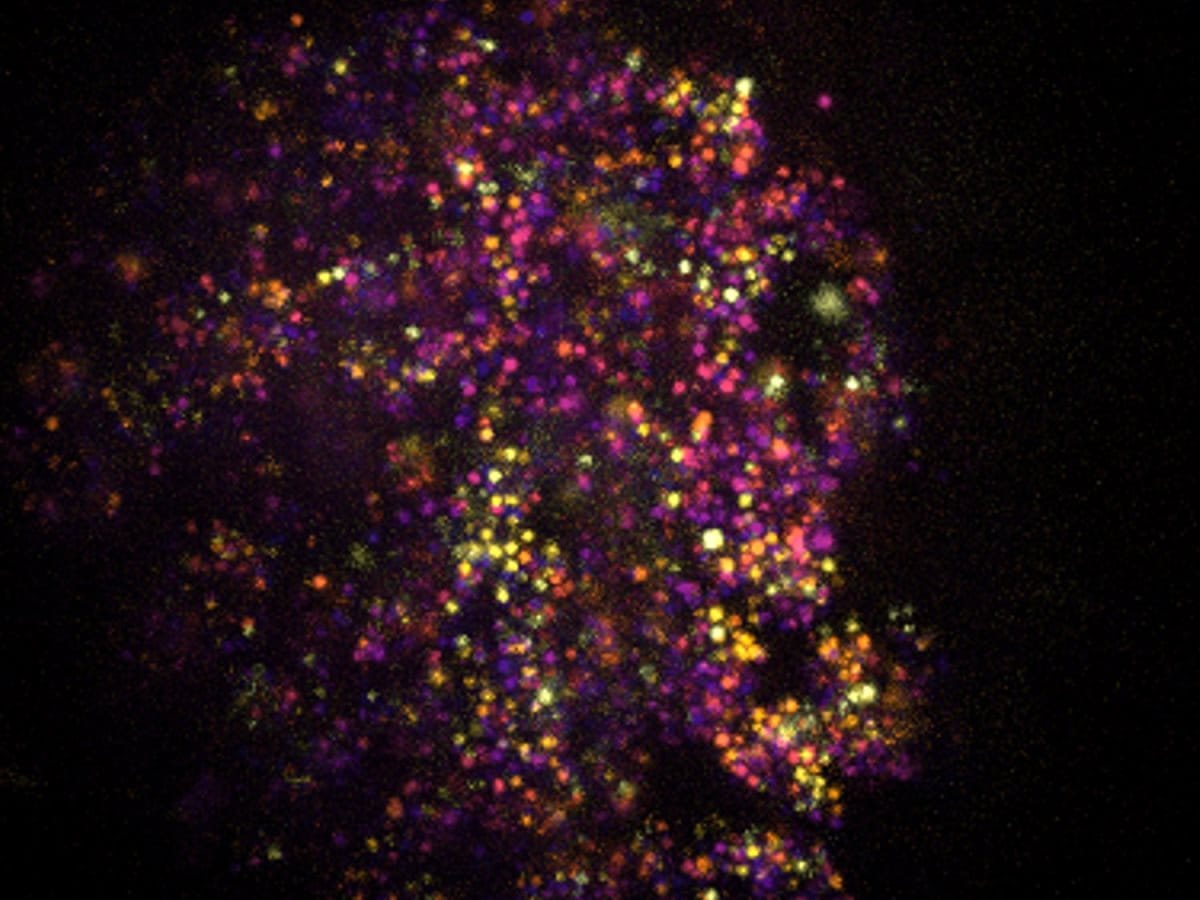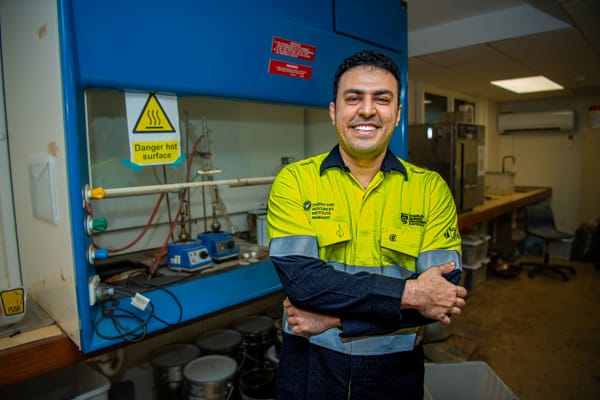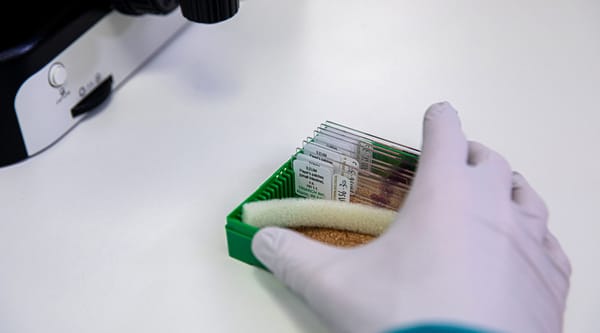Fruit fly helps unlock clues about how organs, tissue and cancer grow
In a new study, published in Developmental Cell, Monash University researchers in collaboration with Peter MacCallum Cancer Centre have made new discoveries on how the Hippo signalling pathway sends signals from the cell membrane to the nucleus to change cell behaviour.

First published on Monash University
The fruit fly, Drosophila, has been used by scientists for more than 100 years to unravel key features of life on earth, such as how animals respond to the sun and how the bodies of animals are patterned from head to tail.
In addition, many major signalling pathways were discovered in fruit flies, including the Hedgehog, Notch and Hippo pathways.
In a new study, published in Developmental Cell, Monash University researchers in collaboration with Peter MacCallum Cancer Centre have made new discoveries on how the Hippo signalling pathway sends signals from the cell membrane to the nucleus to change cell behaviour.
The Hippo pathway is a group of proteins that work together to control organ size and cell fate, and exists in all multicellular animals on earth. In addition, when it is mutated in humans it can cause different cancers.
The present study gave new insights into how this pathway changes gene expression and hence cell behaviour.
First author Dr Sam Manning, from the Monash Biomedicine Discovery Institute (BDI), said the results shed light on how signalling pathways control nuclear proteins to change gene expression.
“The Hippo pathway is a very important signalling pathway that controls how big the organs in our body grow,” Dr Manning said. “In this study, we discovered how the Hippo pathway changes how proteins bind to DNA to change cell behaviour. This gives us new insights into organ growth, and how cancers form in humans.”
Senior author Professor Kieran Harvey, who leads research laboratories at the Monash BDI and Peter Mac, said the research was fundamental and very important. Professor Harvey said the findings could help others with ideas on how to study how other cell signalling pathways work.
“From a fundamental perspective, it is important because it helps understand how signalling pathways work to change cell behaviour,” he said. “Specifically, it gives new insight into the Hippo pathway, which is important for growth control.
“From a disease perspective, it is important because the Hippo pathway is a key cancer pathway and new knowledge on how it works could one day help treat cancers.”
Professor Harvey said while the Hippo pathway did essentially the same job in many different animals, including flies and humans, the results are now being tested by them in human cells.
“This is a fundamental science study,” he said. “Treatments and cures and other translatables are often not realised for decades. For example, the Hippo pathway was discovered in Drosophila around 20 years ago and only recently did the first Hippo targeted therapies enter clinical trials for human cancers. Excitingly, early results show that they have some benefit in patients.”
About cell signalling pathways
Inside cells, there are groups of proteins called signalling pathways that work together to relay messages from the cell surface to the nucleus. Ultimately, signalling pathways act on the genes within DNA to change the proteins that cells make, which alters what the cell does – for example cells could grow in size, or divide to make two cells, or even die.
Read the full paper in Developmental Cell: The Drosophila Hippo pathway transcription factor Scalloped and its co-factors alter each other’s chromatin binding dynamics and transcription in vivo.
DOI: 10.1016/j.devcel.2024.04.006
In the media: Fruit fly helps unlock clues about how organs, tissue and cancer grow, Professor Kieran Harvey, Phys.org online news and many radio stations
About the Monash Biomedicine Discovery Institute
Committed to making the discoveries that will relieve the future burden of disease, the Monash Biomedicine Discovery Institute (BDI) at Monash University brings together more than 120 internationally-renowned research teams. Spanning seven discovery programs across Cancer, Cardiovascular Disease, Development and Stem Cells, Infection, Immunity, Metabolism, Diabetes and Obesity, and Neuroscience, Monash BDI is one of the largest biomedical research institutes in Australia. Our researchers are supported by world-class technology and infrastructure, and partner with industry, clinicians and researchers internationally to enhance lives through discovery.




